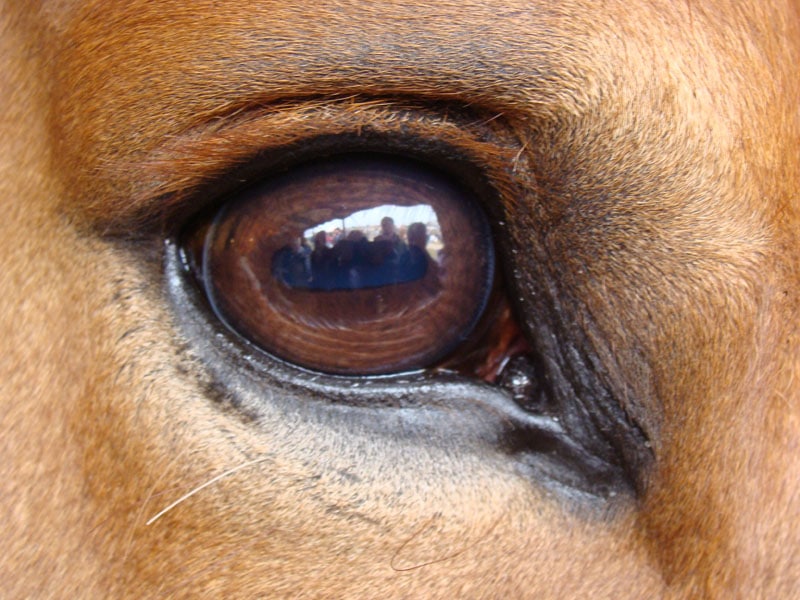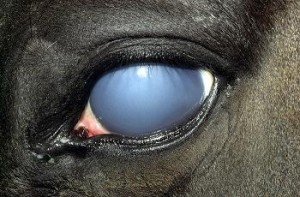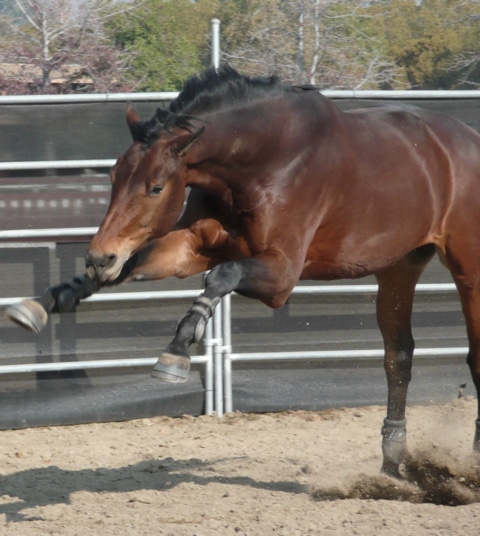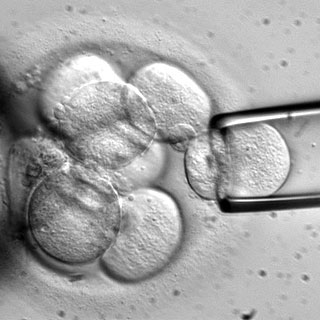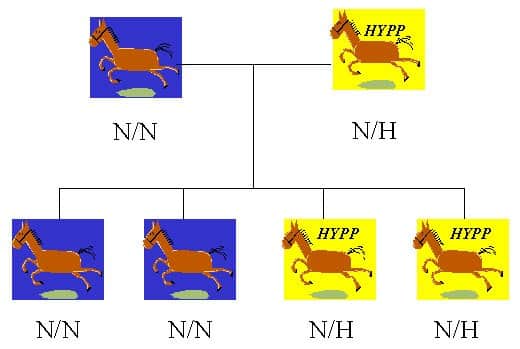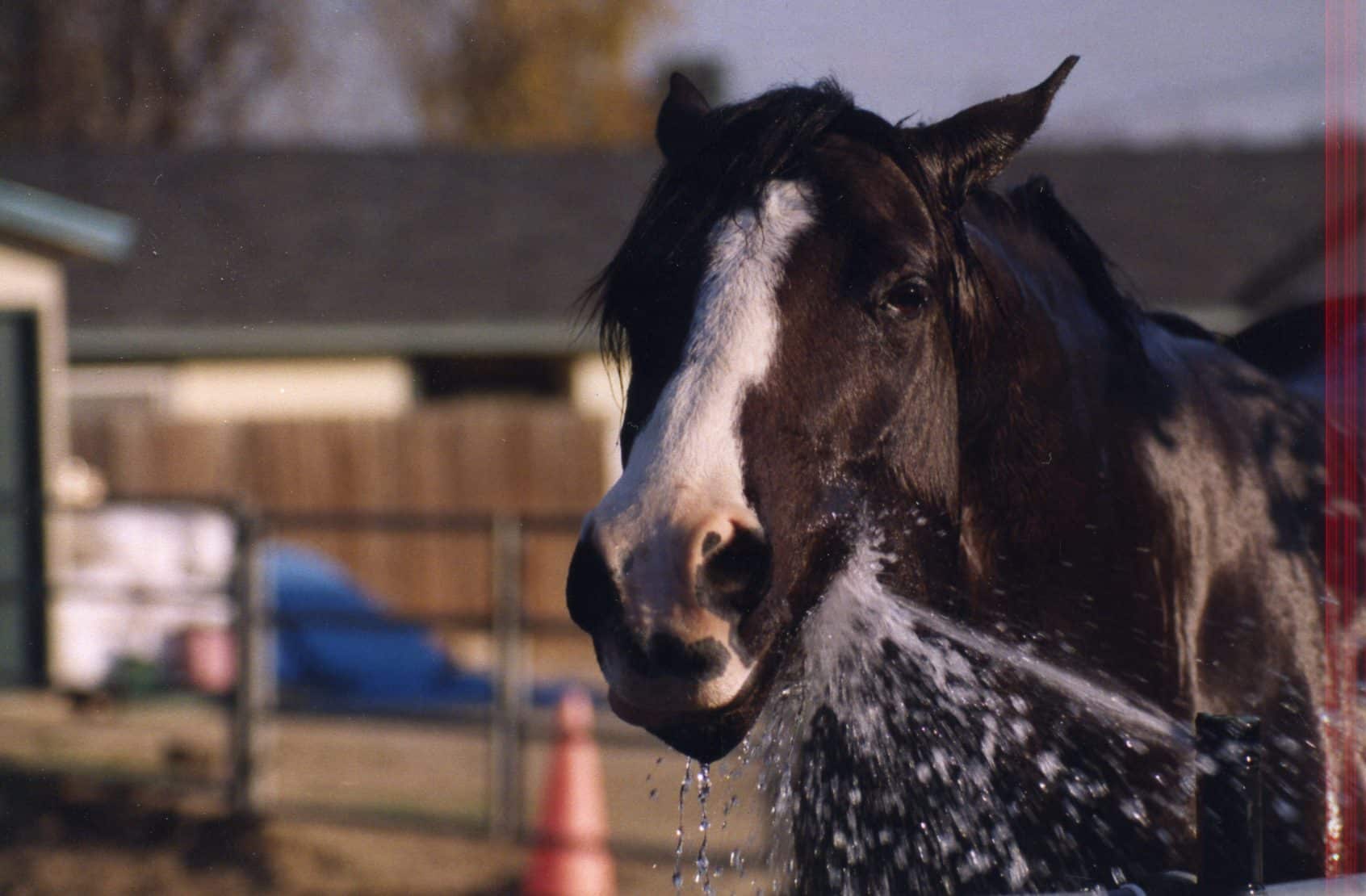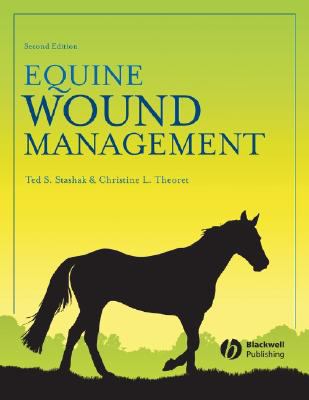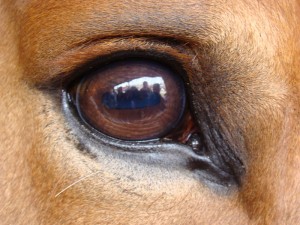 I was recently asked to write something about horse eyes (I’m happy to respond to such requests, by the way). I think that eyes are really cool, so here goes.
I was recently asked to write something about horse eyes (I’m happy to respond to such requests, by the way). I think that eyes are really cool, so here goes.
From a medical standpoint, eyes are their own little world. And, honestly, I think that it would be a little irresponsible of me to try to write all about the medical problems that can affect horse eyes because, frankly, I don’t think that it’s a very good idea to try to treat such an important structure as an eye using advice that has been obtained over the internet. Of course, not all eye problems are serious problems, but if you see your horse holding his eye shut, or if the cornea (the surface of the eye) is cloudy, or if you see blood, or excessive tearing, then you should not go near your computer – you should just call your veterinarian immediately.
Now, that said, the eyes of the horse are really cool, and they’re even unique in several ways. So, here’s a few things about normal horse eyes that you maybe didn’t know. Fun stuff to talk about around the barn.
1. The cornea has water in it, but not as much as it can hold. The surface membrane of the eye – the cornea – provides a clear, protective layer for the eye. Clear, of course, so that the horse can see through it. It’s clear because it has water in it. However, it doesn’t have as much water in it as it can hold – in fact, keeping the right amount of water in the cornea is an important part of the function of cells of the cornea. There’s even a word for keeping the right amount of water in the cornea: deturgescence.
Ever see an injured eye? In many cases, the eye that has been injured turns a bluish color. There’s a reason for that. It’s because the injury to the eye causes the cornea to swell. And when it swells, the clearness of the cornea is lost: it turns blue. So, if you’re going out to see your horse, and you see that his eye is blue, by all means, call your veterinarian. The cornea is swollen, and there’s something wrong.
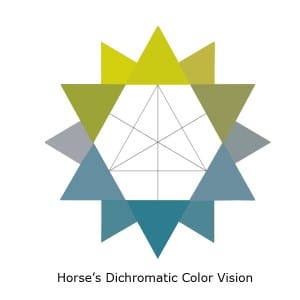 2. Horses are mostly colorblind. The aren’t completely colorblind – just mostly. Horses can see blue and green, but not red. To a horse, red, and related colors, appear mostly green (like red-green color-blindness in people).
2. Horses are mostly colorblind. The aren’t completely colorblind – just mostly. Horses can see blue and green, but not red. To a horse, red, and related colors, appear mostly green (like red-green color-blindness in people).
If you’re painting jumps for a horse, you might want to take this into consideration. If the jumps and the color of the ground are only a few shades different from each other, the horse will have a harder time distinguishing between the rail and the ground. In fact, there have even been studies to show that horses are less likely to knock down a rail if a jump is painted with two or more contrasting colors, as opposed to one color. So, in addition to multi-colored jumps being prettier, they’re probably safer, too. Oh, and keep mind that horses don’t distinguish colors very well the next time you hear someone tell you about how his or her horse is afraid of a particular color. In fact, most horses can’t tell that there’s much of a difference.
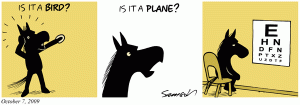 3. Horses actually have pretty good vision. Most studies suggest that horses don’t see as well as normal people, but they see better than dogs, cats, and rats. (Imagine, you, doing visual acuity studies on a rat. There truly is a job for most everyone.) There’s actually a part of the eye where vision cells are concentrated, which explains why horses often tilt their heads to look at things; they’re trying to get the objects into the best area of vision so that they can see them more clearly.
3. Horses actually have pretty good vision. Most studies suggest that horses don’t see as well as normal people, but they see better than dogs, cats, and rats. (Imagine, you, doing visual acuity studies on a rat. There truly is a job for most everyone.) There’s actually a part of the eye where vision cells are concentrated, which explains why horses often tilt their heads to look at things; they’re trying to get the objects into the best area of vision so that they can see them more clearly.
Horses are very sensitive to detecting motion, too. Of course, horses are prey animals, so they need to be able to quickly detect when a predator is moving in. Unfortunately, the area where motion if first seen – at the edges of the eye, in the peripheral vision field – is where vision is the poorest. And that’s why horses often spook if they see something moving – they can detect the motion, and, who knows, it may be coming to eat them!
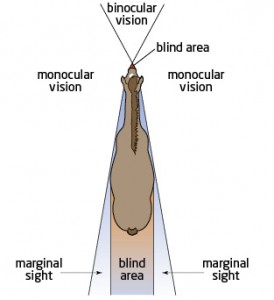 4. Horse eyes are really big, and they see a lot. In fact, horse eyes are one of the largest eyes of any mammal. They’re set on the sides of the horse’s head, which allows the horse to see in an almost 360 degree circle (almost – they can’t see directly behind themselves, which is why you never want to come up from behind a horse and surprise him).
4. Horse eyes are really big, and they see a lot. In fact, horse eyes are one of the largest eyes of any mammal. They’re set on the sides of the horse’s head, which allows the horse to see in an almost 360 degree circle (almost – they can’t see directly behind themselves, which is why you never want to come up from behind a horse and surprise him).
5. They may see a lot, but their depth perception is pretty bad. There’s a trade-off for the wide field of vision. Because the horse’s eyes are set so far apart, they mostly use one eye to see anything, and that’s mostly in front of the horse’s face. And because they usually use one eye, they don’t have very good depth perception. And that’s why you often see horses arching their necks, or moving their heads up and down, when confronted with an object that they don’t recognize – they’re trying to get the best view of the object that they can.
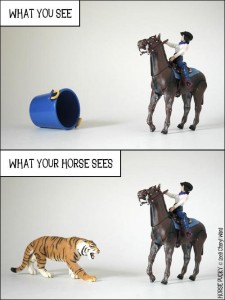 6. Horses can’t see two things clearly at the same time. At one time, I heard that horses had the amazing ability to see two things at the same time. That is, they could be down on the ground grazing, and see the grass clearly, and, at the same time, see of clearly in the distance (to look for predators, or, people coming to catch them, I supposed). This was supposed to be due to what was described as a “ramp retina.” But it, turns out that the ramp retina doesn’t exist. When a horse needs to see distant objects, he picks his nose up to use the part of his visual field where both eyes are in play – down the nose.
6. Horses can’t see two things clearly at the same time. At one time, I heard that horses had the amazing ability to see two things at the same time. That is, they could be down on the ground grazing, and see the grass clearly, and, at the same time, see of clearly in the distance (to look for predators, or, people coming to catch them, I supposed). This was supposed to be due to what was described as a “ramp retina.” But it, turns out that the ramp retina doesn’t exist. When a horse needs to see distant objects, he picks his nose up to use the part of his visual field where both eyes are in play – down the nose.
7. What’s that black stuff coming out of my horse’s eye? That? its called the corpora nigra (black body, in Latin). It sticks out from the top of the iris. It looks like a bunch of black globs. I’ve had three emergency calls on them over the years, too. But they’re normal. Nobody is completely sure why it looks like the inside of the horse’s eye is exploding, but some people thing that it’s a sunblocker for the pupil (the slit in the iris that lets light back into the eye). Don’t worry.
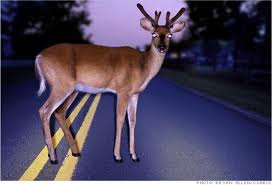 8. How come my horse’s eyes glow in the dark when I shine a light on them? That’s the tapetum (ta – PEE – tum). It’s a layer of tissue at the back of the horse’s eye, that reflects light and enables the horse (and cat, and dog, and deer, for example) to see better at night.
8. How come my horse’s eyes glow in the dark when I shine a light on them? That’s the tapetum (ta – PEE – tum). It’s a layer of tissue at the back of the horse’s eye, that reflects light and enables the horse (and cat, and dog, and deer, for example) to see better at night.
So there you go – some tidbits about the horse’s eye. Eyes (all eyes – not just horse eyes) are absolutely fascinating. They’re like their own little self-contained world. And not all eyes are alike, for example, they’re quite different from human eyes (you can CLICK HERE if you want to read a pretty neat article about the differences).
Of course, if you think that your horse has an eye problem (squinting, draining, swelling of the eyelids, etc.), it’s best to get your veterinarian out to see it sooner than later. As interesting as eyes are, they are also too important to mess around with.

